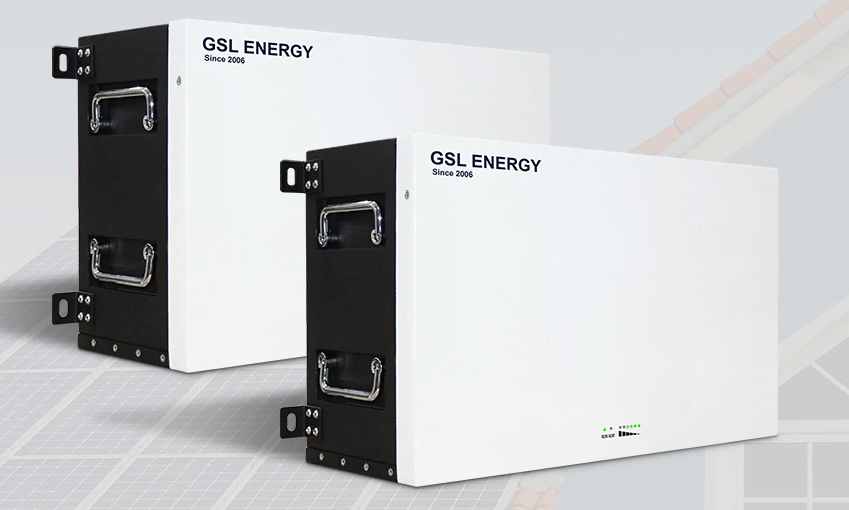Solar panel is a solar energy system that converts solar radiation into electric energy directly or indirectly through photoelectric effect or photochemical effect by absorbing sunlight. The main material of most solar panels is "silicon". However, due to the large production cost, it is widely used with certain limitations.
Compared with ordinary batteries and rechargeable batteries, solar cells belong to more energy-saving and environment-friendly green products, i.e., solar energy.
Solar panel material:
At present, crystalline silicon materials for solar panel (including polysilicon and monocrystalline silicon) are the most important photovoltaic materials, with a market share of more than 90%. Moreover, they will still be the mainstream materials of solar cells for a long period of time in the future.
The production technology of polysilicon material for solar panel has long been in the hands of 10 factories of 7 companies in 3 countries, such as the United States, Japan and Germany, forming a situation of technology blockade and market monopoly.
Demand for polysilicon comes mainly from semiconductors and solar energy cells.
According to different requirements of purity, it is divided into electron level and solar energy level.
With the rapid development of the photovoltaic industry, the growth rate of solar cells' demand for polysilicon is higher than that of semiconductor polysilicon. It is expected that the demand for solar polysilicon will exceed that of electronic grade polysilicon by 2008.
In 1994, the total production of solar cells in the world was only 69MW. In 2004, it was nearly 1200MW, an increase of 17 times in just 10 years.
Experts predict that the solar photovoltaic industry will surpass nuclear power as one of the most important basic energy sources in the first half of the 21st century.

Monocrystalline silicon solar cell is one of the most rapidly developed solar cells. Its structure and production technology have been finalized. The products have been widely used in space and ground.
The solar cells are made from highly pure monocrystalline silicon rods.
In order to reduce the production cost, the surface application of solar cells and other solar energy level of monocrystallone silicon rod, material performance index has been relaxed.
Some can also use the semiconductor device processing of the head and tail material and waste monocrystalline silicon material, through the complex pull into the solar cell dedicated monocrystalline silicon rod.
Cut the monocrystalline silicon rod into pieces, generally about 0.3 mm thick.
After polishing, grinding, cleaning and other processes, silicon wafers are made into raw materials to be processed.
The processing of solar cells, the first on the silicon wafer doping and diffusion, the general doping for trace boron, phosphorus, antimony and so on.
Diffusion is carried out in a quartz controlled high temperature diffusion furnace.
So it forms P> on the silicon chip;
N junction.
Then the screen printing method is adopted, and the finely mixed silver paste is printed on the silicon wafer to make the grid line. After sintering, the back electrode is made at the same time, and the grid line surface is coated with the reflection source to prevent a large number of photons from being reflected off the smooth silicon wafer surface.
So monocrystalline silicon solar cells are made from individual pieces.
After random inspection and inspection, the single sheet can be assembled into solar cell modules (solar panels) according to the required specifications, and the method of series and parallel to constitute a certain output voltage and current.
Finally, the frame and materials are used for packaging.
According to the system design, users can form solar cell modules into solar cell squares of different sizes, also known as solar cell arrays.
At present, the photoelectric conversion efficiency of monocrystalline silicon solar cells is about 15%, and the laboratory results are also more than 20%.
The production of polysilicon solar cells needs to consume a large amount of high-purity silicon materials. However, the manufacturing process of these materials is complicated and the power consumption is very high, which accounts for more than half of the total production cost of solar cells.
In addition, the pulled monocrystalline silicon rod is cylindrical, and the slicing to make solar cells is also circular, so the plane utilization rate of solar modules is low.
Therefore, since the 1980s, some European and American countries have invested in the development of polysilicon solar cells.
At present, most of the polycrystalline silicon materials used in solar cells are composed of a large number of single crystal particles, or are melted and cast by waste secondary monocrystalline silicon and metallurgical grade silicon materials.
The process is to select polycrystalline block material or monocrystalline silicon head and end material with a resistivity of 100 ~ 300 ohm · cm, after crushing, use 1:5 hydrofluoric acid and nitric acid mixture for appropriate corrosion, and then rinse with deionized water to be neutral, and dry.
Fill polysilicon with a quartz crucible, add borosilicate to an appropriate amount, put it into a casting furnace, and heat it to melt in a vacuum state.
After melting, it should be kept warm for about 20 minutes, and then injected into the graphite mold. After slowly solidifying and cooling, polysilicon ingot is obtained.
This silicon ingot can be cast into cubes to be sliced and processed into square solar cells, which can improve the utilization rate of materials and facilitate assembly.
The production process of polysilicon solar cells is similar to that of monocrystalline solar cells. Its photoelectric conversion efficiency is about 12%, slightly lower than that of monocrystalline solar cells. However, the material manufacturing is simple, the power consumption is saved, and the total production cost is relatively low, so a lot of development has been made.

